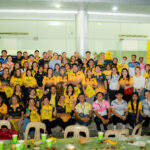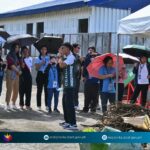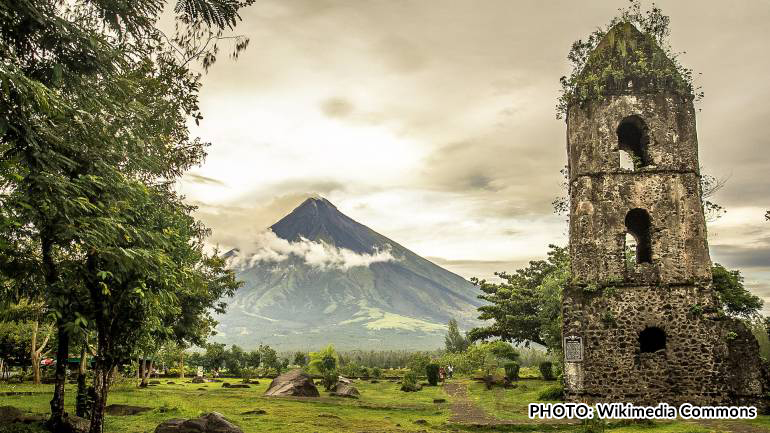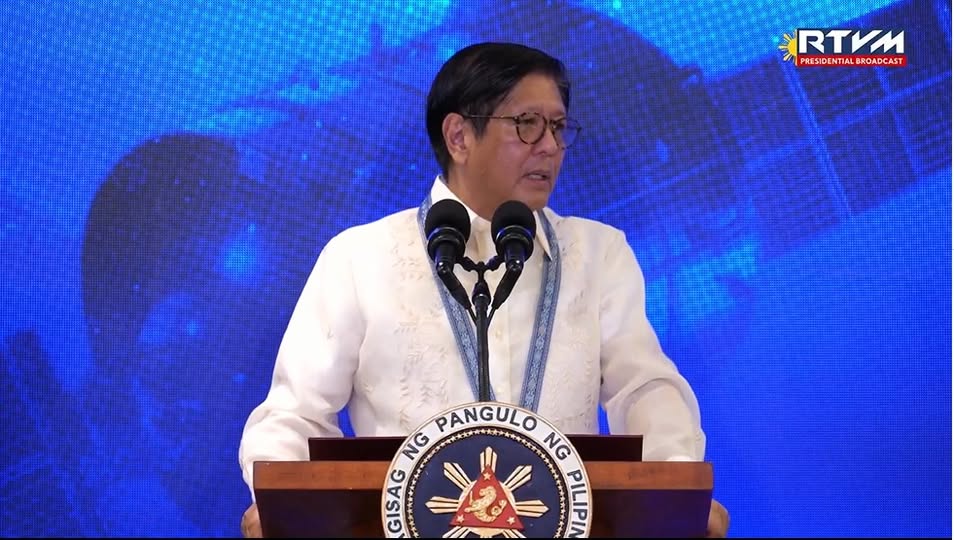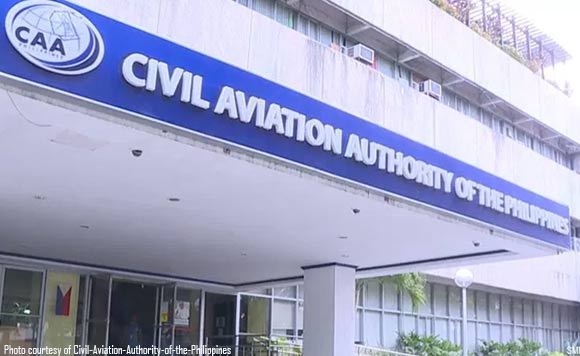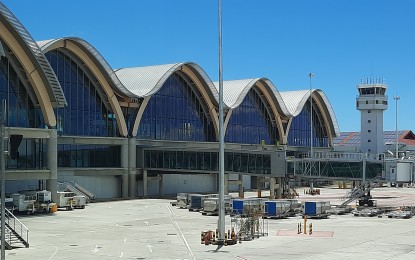DARAGA, Albay – Albay 2nd District Rep. Joey Sarte Salceda, who was guest at the opening of the Cagsawa Festival 2025 here early this week, said the tragedy of the 1814 Mayon eruption that buried the Cagsawa church and its community, has imparted to Albayanos lessons in preemptive evacuation and the Zero Casualty idea. The event has also proven that resiliency, has been long ingrained in the minds of Albayanos.
Speaking before guests and government officials at the historic Cagsawa Ruins in this town, Salceda recalled that many years ago, when he embarked on a career of public service, the lessons of the tragedy became a hallmark of his advocacy “to avoid disasters by moving people out of harm’s way.”
He said the Cagsawa tragedy has taught him one very important lesson: “The disastrous act of nature cannot be prevented, but it could be avoided.” As Albay governor for nine years, Salceda has since strongly advocated a successful and effective program in disaster risk reduction management which pioneered the principles of preemptive evacuation and zero casualty.
“It may look very simple, but the implications are wide and can be extrapolated in many ways. One must have a clear objective: Zero casualty,” he stressed.
Salceda quoted a historical account on the decision to build a new church up the Santa Maria hills – now the Church of the Nuestra Señora dela Porteria – which had saved many from the 1814 eruption of Mayon Volcano and showed how resilient and anticipatory the people of Daraga were, during those times.
As recounted, many of the residents who opted to stay in the old Cagsawa settlement were killed during that violent eruption and were subsequently buried in lahar along with the church, only the bell tower of which remains standing as a testament to the tragedy. It is now known worldwide as the Cagsawa Ruins, a leading tourist attraction in the Philippines.
Salceda said that from this Cagsawa account, he “realized that the best way to save people from nature’s calamitous tragedy is to move them away from harm’s way long before it is anticipated to hit. Whether you’re rich or poor, or whatever station in life you are in, everybody has the human dignity and has the right to survive in the midst of disasters,” he noted.
“One must be able to see where the danger is coming from and where it is moving. Keep track, anticipate the movement of disasters. There are means and ways of rescuing people, but in Albay, we don’t rescue. We evacuate,” he emphasized.
“Teach them about the nature of disasters, how to avoid them and how to mitigate their adverse effects. We’ve been doing these things for the province all these years, even now, that I’m no longer governor. But, of course, all of us will continue to do it for the love of our people,” he said,
adding with stress, the importance of remembering history while looking forward to growth and development.
“Today is a good day to remember our past and be happy about how far we have survived and risen from our past trials and how we have strived to become a progressive community,” he pointed out.
“We may see the church, the bell tower, and other structures in the ruins, but the stories behind them remain alive in our collective memory. It tells the community’s story, our ancestors’ story, and speaks of the resourcefulness, resilience, and fortitude of generations of people from Daraga and the whole of Albay,” Salceda added.
The Festival commemorates three significant events in the history of Daraga town: the 301st anniversary of the rebuilding and improvement of the Cagsawa Church in 1724; the 438th founding anniversary of the church founded by a Franciscan mission; and the 211st anniversary of the catastrophic eruption of Mayon Volcano in 1814.



